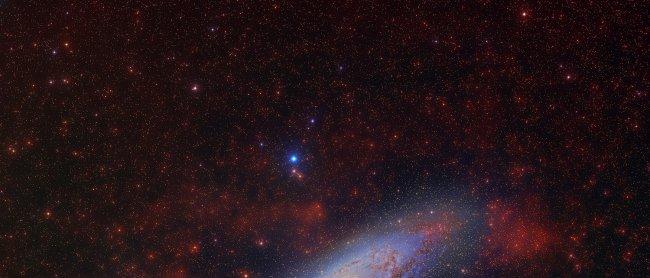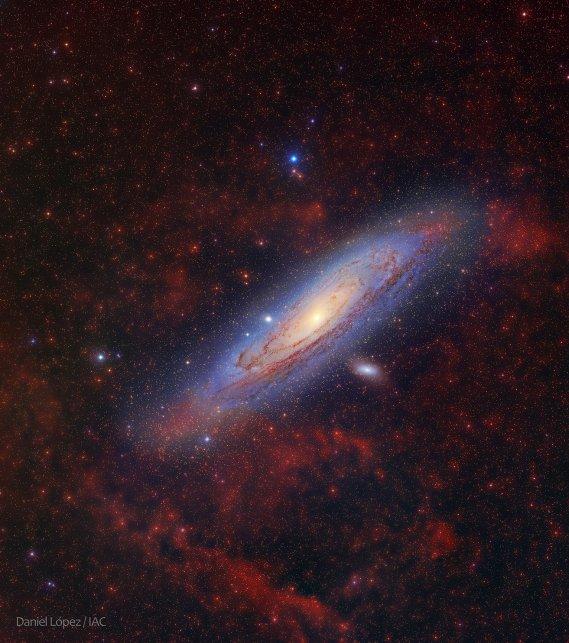It may interest you
-
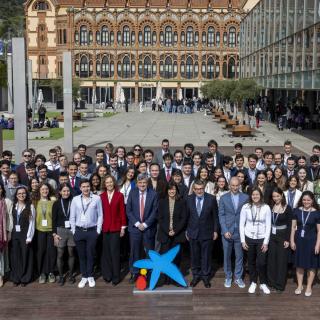 La Fundación” la Caixa” prosigue con su compromiso con el fomento de la investigación en España a través de sus distintas convocatorias de becas. Recientemente, ha concedido 100 becas de doctorado y posdoctorado para que investigadores de excelencia desarrollen sus proyectos en universidades y centros de España y Portugal. En este sentido, refuerza los lazos con el Instituto de Astrofísica de Canarias (IAC) que ha recibido a dos de las cien personas becadas en estas modalidades. A través de los programas INPhINIT, dirigido a personal doctorando, y Junior Leader, enfocado en la etapaAdvertised on
La Fundación” la Caixa” prosigue con su compromiso con el fomento de la investigación en España a través de sus distintas convocatorias de becas. Recientemente, ha concedido 100 becas de doctorado y posdoctorado para que investigadores de excelencia desarrollen sus proyectos en universidades y centros de España y Portugal. En este sentido, refuerza los lazos con el Instituto de Astrofísica de Canarias (IAC) que ha recibido a dos de las cien personas becadas en estas modalidades. A través de los programas INPhINIT, dirigido a personal doctorando, y Junior Leader, enfocado en la etapaAdvertised on -
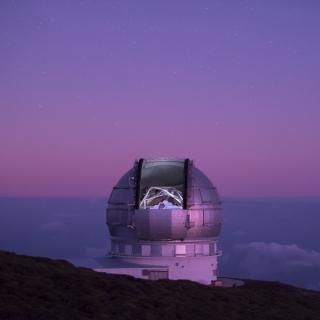 The Solar System research group at the Instituto de Astrofísica de Canarias (IAC) is participating in the international programme to keep a closet track of asteroid 2024 YR4. The aim is to determine its orbit with the highest possible precision before it stops being observable by ground based and satellite telescopes in April, and so improving our value of the probability that it will impact the Earth in 2032. In this context several telescopes of the Canary Observatories of the IAC are playing an outstanding role in this observing campaign: The Gran Telescopio Canarias (GTC) at the Roque deAdvertised on
The Solar System research group at the Instituto de Astrofísica de Canarias (IAC) is participating in the international programme to keep a closet track of asteroid 2024 YR4. The aim is to determine its orbit with the highest possible precision before it stops being observable by ground based and satellite telescopes in April, and so improving our value of the probability that it will impact the Earth in 2032. In this context several telescopes of the Canary Observatories of the IAC are playing an outstanding role in this observing campaign: The Gran Telescopio Canarias (GTC) at the Roque deAdvertised on -
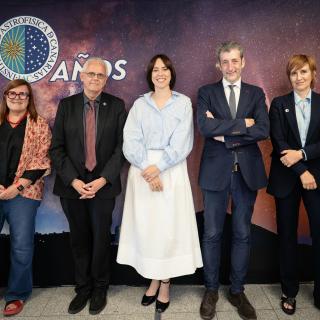 La ministra de Ciencia, Innovación y Universidades, Diana Morant, ha anunciado que el Gobierno de España está dispuesto a ofrecer hasta 400 millones de euros, a través del Centro para el Desarrollo Tecnológico y la Innovación (CDTI), para atraer a la isla de La Palma, en Canarias, el Telescopio de Treinta Metros (TMT, por sus siglas en inglés). La ministra lo ha anunciado durante la reunión del Consejo Rector del Instituto de Astrofísica de Canarias (IAC), que ha presidido hoy en La Palma, donde ha informado que esta tarde ha remitido una propuesta formal a la Fundación que gestiona el TMTAdvertised on
La ministra de Ciencia, Innovación y Universidades, Diana Morant, ha anunciado que el Gobierno de España está dispuesto a ofrecer hasta 400 millones de euros, a través del Centro para el Desarrollo Tecnológico y la Innovación (CDTI), para atraer a la isla de La Palma, en Canarias, el Telescopio de Treinta Metros (TMT, por sus siglas en inglés). La ministra lo ha anunciado durante la reunión del Consejo Rector del Instituto de Astrofísica de Canarias (IAC), que ha presidido hoy en La Palma, donde ha informado que esta tarde ha remitido una propuesta formal a la Fundación que gestiona el TMTAdvertised on
